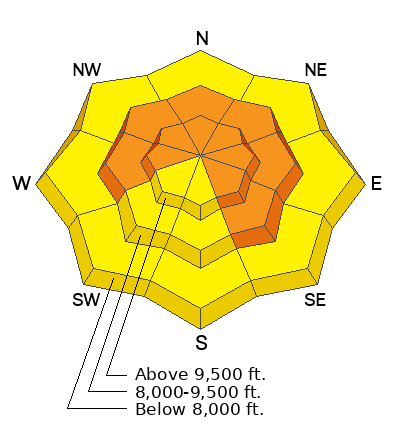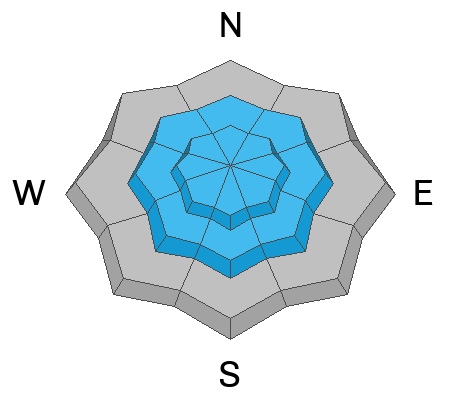Forecast for the Skyline Area Mountains

Issued by Brett Kobernik on
Tuesday morning, December 6, 2022
Tuesday morning, December 6, 2022
AVALANCHE CONDITIONS CONTINUE TO BECOME MORE DANGEROUS!!
The avalanche danger remains CONSIDERABLE today. Human triggered avalanches are likely.
- Each additional snow storm makes the avalanches larger
- These avalanches can be triggered remotely (from a distance away) so it is important to watch for steep slopes above you
- Continue to avoid being on or underneath slopes steeper than 30˚
- Avalanche conditions are going to remain dangerous for some time to come

Low
Moderate
Considerable
High
Extreme
Learn how to read the forecast here







